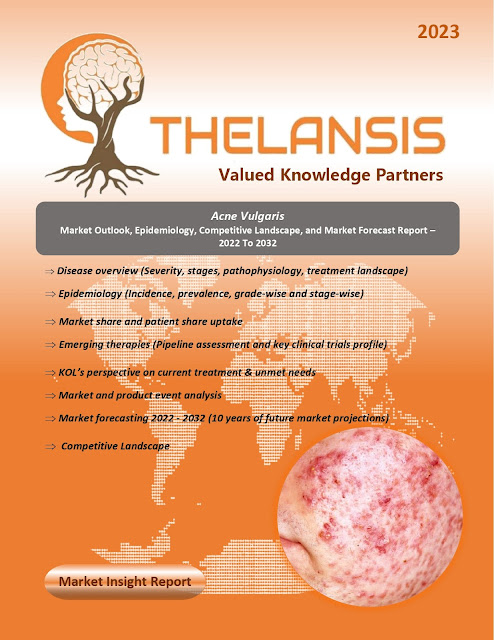HER2-Negative Metastatic Breast Cancer – Market Outlook, Epidemiology, Competitive Landscape, and Market Forecast Report – 2023 To 2033
Breast cancer stands as the most prevalent affliction among women globally, exerting a significant toll on mortality rates. HER2-negative breast cancer encompasses various subtypes, including normal-like breast cancer, luminal A, partial luminal B, and basal-like varieties. Potential inhibitors for treating HER2-negative breast cancer include PI3K inhibitors, AKT inhibitors, and mTOR inhibitors, which effectively suppress the PI3K/AKT signaling pathway. Additionally, small molecule tyrosine kinase inhibitors hinder angiogenesis, while CDK inhibitors, aurora kinase inhibitors, and HDAC inhibitors disrupt the cell cycle. Moreover, drugs targeting breast cancer stem cells have garnered attention, offering innovative strategies for combating HER2-negative breast cancer. The PI3K pathway can be roughly categorized into type I, II, and III, with type I further divided into IA and IB. At the heart of the PI3K/AKT pathway, AKT is regulated by diverse upstream signaling proteins, orchestrating gene transcription, protein synthesis, and cell survival and proliferation through various downstream pathways. Furthermore, mTOR, a pivotal kinase downstream of the PI3K/AKT pathway, comprises mTOR complex 1 (mTORC1) and mTOR complex 2 (mTORC2). Mesenchymal stem cells (MSCs) have emerged as promising therapeutic agents for targeting breast cancer stem cells (BCSCs) in cell-targeted breast cancer therapy. Additionally, long non-coding RNA (lncRNA) and microRNA (miRNA) demonstrate the ability to regulate CSC proliferation, offering significant potential in treating HER2-negative breast cancer.
- The age-adjusted rate of HER2-negative breast cancer is 13.2 cases per 100,000 women in the USA.
Thelansis’s “HER2-Negative Metastatic Breast Cancer Market Outlook, Epidemiology, Competitive Landscape, and Market Forecast Report – 2023 To 2033" covers disease overview, epidemiology, drug utilization, prescription share analysis, competitive landscape, clinical practice, regulatory landscape, patient share, market uptake, market forecast, and key market insights under the potential HER2-Negative Metastatic Breast Cancer treatment modalities options for eight major markets (USA, Germany, France, Italy, Spain, UK, Japan, and China).
KOLs insights of HER2-Negative Metastatic Breast Cancer across 8 MM market from the centre of Excellence/ Public/ Private hospitals participated in the study. Insights around current treatment landscape, epidemiology, clinical characteristics, future treatment paradigm, and Unmet needs.
HER2-Negative Metastatic Breast Cancer Market Forecast Patient Based Forecast Model (MS. Excel Based Automated Dashboard), which Data Inputs with sourcing, Market Event, and Product Event, Country specific Forecast Model, Market uptake and patient share uptake, Attribute Analysis, Analog Analysis, Disease burden, and pricing scenario, Summary, and Insights.
Thelansis Competitive Intelligence (CI) practice has been established based on a deep understanding of the pharma/biotech business environment to provide an optimized support system to all levels of the decision-making process. It enables business leaders in forward-thinking and proactive decision-making. Thelansis supports scientific and commercial teams in seamless CI support by creating an AI/ ML-based technology-driven platform that manages the data flow from primary and secondary sources.




Comments
Post a Comment